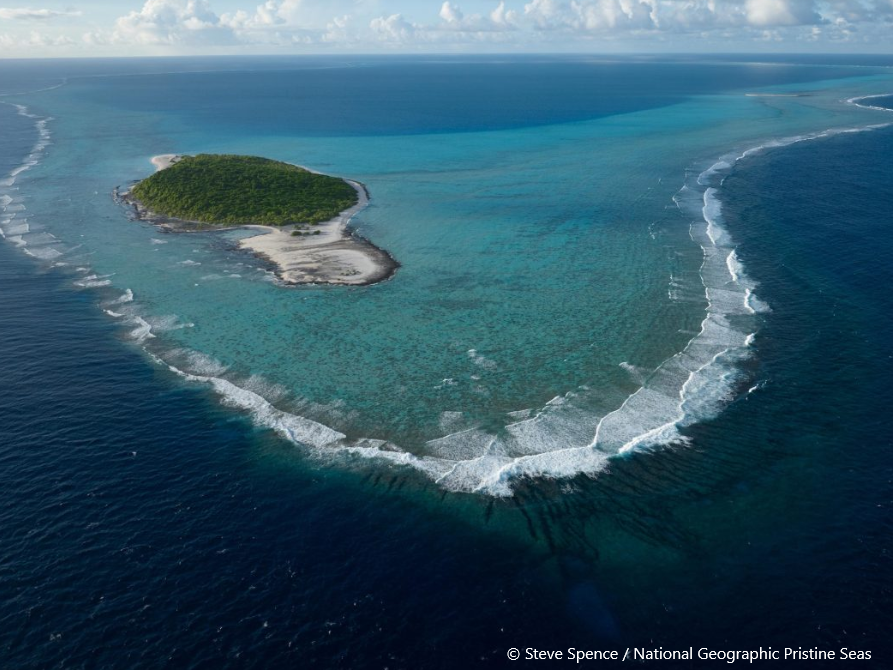
he Republic of the Marshall Islands was once used by the United States as a convenient place to explode nuclear bombs, with little regard for local interests. But these days, the expectations of the islands’ Indigenous residents is the standard by which conservation success is measured.
The site of US bomb tests at Bikini Atoll in the mid-20th century, the Marshall Islands covers only 181 square kilometres of land. However, it also oversees an “exclusive economic zone” which covers two million square kilometres of the Pacific Ocean, roughly 2,000 kilometres due east of the Philippines.
With a population of fewer than 40,000 people, but more than a thousand land masses and many more atolls, the republic faces unique conservation challenges.
The history of atomic testing, which involved depopulating Bikini and other atolls, as well as the long travel times between islands, have served to limit human activity and preserve biodiversity. But, like many other Pacific nations, the Marshall Islands has limited resources to fund scientific research or to enforce conservation decisions across its massive ocean territory.









